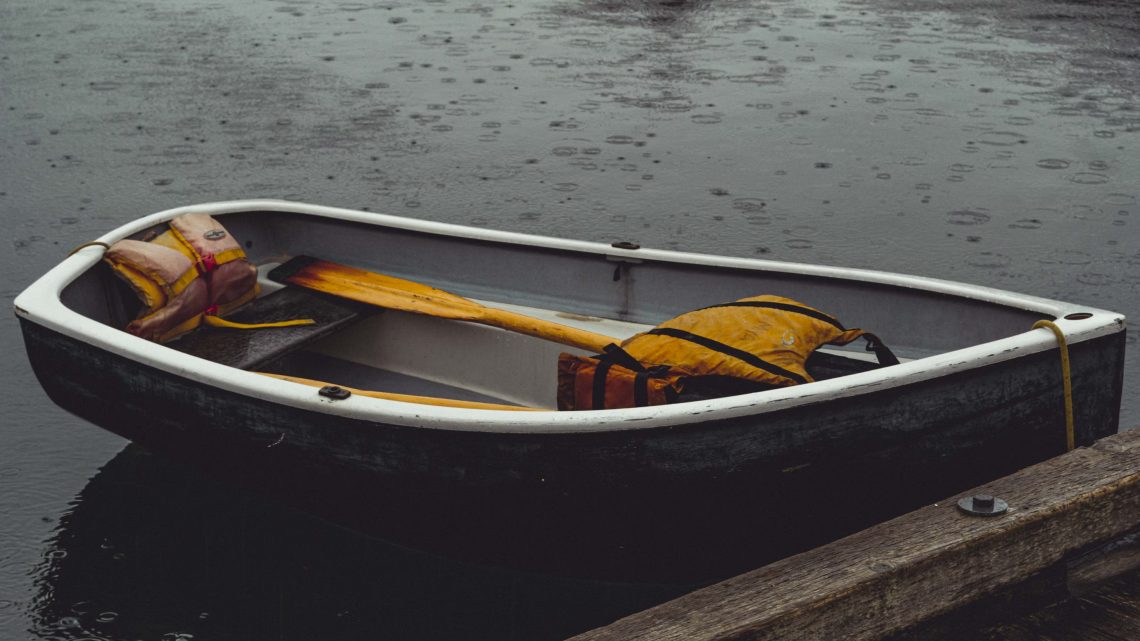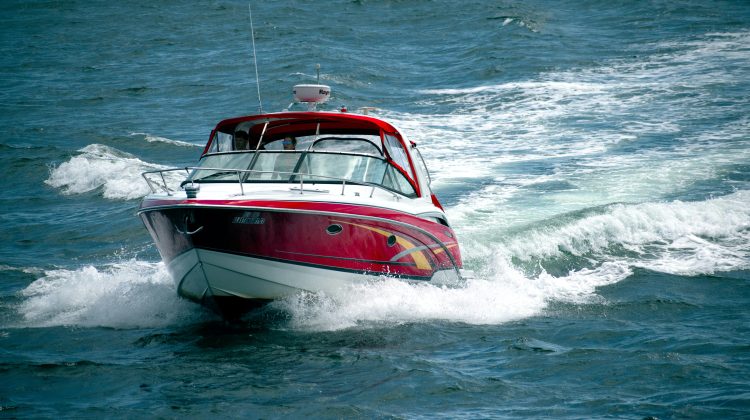The Great lakes attract many visitors throughout the year and offer many adventurous activities. Lake Erie specifically lies between Michigan, Ontario, New York, Pennsylvania, and Ohio, making it a popular destination for residents of all these states. While Lake Erie is beautiful, it also has a dark side. According to a study about Lake Erie Deaths by Towey Law, 228 people have died in the lake within the past 11 years. Unfortunately, many of these victims were not educated on the dangers of Lake Erie and did not properly prepare for the risks they encountered.
Currents
Lake Erie is very shallow and has an average depth of only 60 feet. Lake Eries’ shallow depth is a cause for many of its dangers, including currents. Rip currents, longshore currents, and structural currents can make swimming, paddle boarding, and even kayaking difficult. Rip currents pull people away from shore and can happen very fast. They tend to form around shallow parts, including sandbars. Longshore currents can pull victims down the shoreline into dangerous or hazardous areas. Structural currents occur when a longshore current intersects with a structure on the shore such as piers and breakwalls.
Cyanobacteria
Algae growth creates another unique danger at Lake Erie. Since Lake Erie is relatively warmer than the other Great Lakes, it becomes a place for algae to bloom and thrive. Lake Erie is also surrounded by agricultural areas which deposit many nutrients in the water that algae thrive off of. The specific type of algae that blooms in Lake Erie is called cyanobacteria, or blue-green algae. Cyanobacteria poses a risk to Lake Erie visitors because it causes illness if consumed. It is not uncommon to accidentally consume small amounts of water while swimming or participating in other water activities. Doing this can lead to diarrhea, vomiting, rashes, and respiratory problems.
Cold Water
While Lake Erie is the warmest of all the Great Lakes, temperatures can fall just as quickly as they rise. Water temperatures can drop to 32 degrees fahrenheit in the winter months. Many people who go boating, kayaking, or fishing at Lake Erie don’t expect to get in the water. There have been countless instances of people capsizing, falling out of boats or kayaks, and falling off of piers while fishing. These victims are only dressed for air temperatures and not water temperatures. Once they go in the water cold water shock can set in within a minute. Within 10 minutes, the beginning stages of hypothermia can set in leaving you with limited muscle control, and after 20-30 minutes you become hypothermic.
Underwater Hazards
Lake Eries’ shallow depths have caused thousands of shipwrecks. There are estimated to be over 2000 shipwrecks in the lake, making it the most densely populated shipwreck area in the world. These shipwrecks can create a hazard for other ships and boats. They also attract curious scuba divers. There have been a handful of scuba diving fatalities from exploring shipwrecks. Additionally, due to the shallow depths and rough waters, sediment easily becomes stirred up which can move entire sandbars, making it difficult for boats to navigate.
Weather
Lake Erie’s weather can be unpredictable and change in the blink of an eye. Lake Erie is often described as a shallow and wide bathtub. This shape makes it susceptible to huge waves, seiches, and meteotsunamis. Winds sweep from the southwest to the northeast which makes large standing waves called seiches. Waves can form quickly and can be hard to navigate if you’re in a boat or kayak. Typically hitting a wave head-on is the safest, but at Lake Erie, waves can be coming from multiple directions and capsize a boat or kayak.
How Do I Stay Safe at Lake Erie?
Despite these dangers, Lake Erie can still be a fun place to visit with your family. There are ways you can limit these risks and stay safe.
- Dress for the water: If you embark on a boating, fishing, or kayak trip, ensure you dress properly for the water temperatures, not just the air temperatures. It is recommended to wear a wet suit, neoprene gloves, boots, and hood.
- Only swim in designated areas: Don’t swim in areas that are not monitored by lifeguards, especially not in restricted areas. These areas are restricted for a reason, usually due to currents and rough water conditions.
- Wear a lifejacket: Always wear a life jacket while boating, kayaking, and swimming in open water. Choppy, rough water can appear out of nowhere, so wearing a lifejacket can be your first defense if thrown into the water.
- Use the buddy system: Never go into the water without a buddy nearby who could call for help in the event of a capsize or drowning.
- Learn how to break free from currents: When swimmers get caught in currents, they often start to panic which is what leads to droning. It is important to learn about the different currents and how you can get out of them safely.
Enhancing Safety at Lake Erie
There are numerous ways that safety at Lake Erie could be improved, including:
- More Signage: Signage showing the victims who have lost their lives would help people be more cautious. Signs that simply say “swim at your own risk” do not accurately warn swimmers of the potential dangers.
- Implementing the EMILY Robot: While lifeguards play a crucial role in rescuing drowning victims, the time it takes to reach someone in distress can be critical, especially in rough conditions. The EMILY Robot, a remote-controlled buoy, is specifically designed to assist in these challenging scenarios. By quickly reaching drowning victims, it provides a safer and faster rescue option. Some Great Lakes beaches have already adopted this innovative device, and it has successfully aided in multiple rescues, enhancing the overall effectiveness of lifesaving efforts.
- Floatation Stations: Providing life jackets and life rings could help save lives. People think that even though they are strong swimmers, they don’t need a life jacket. In reality, 80-90% of drownings could be prevented with lifejackets.





No Comment